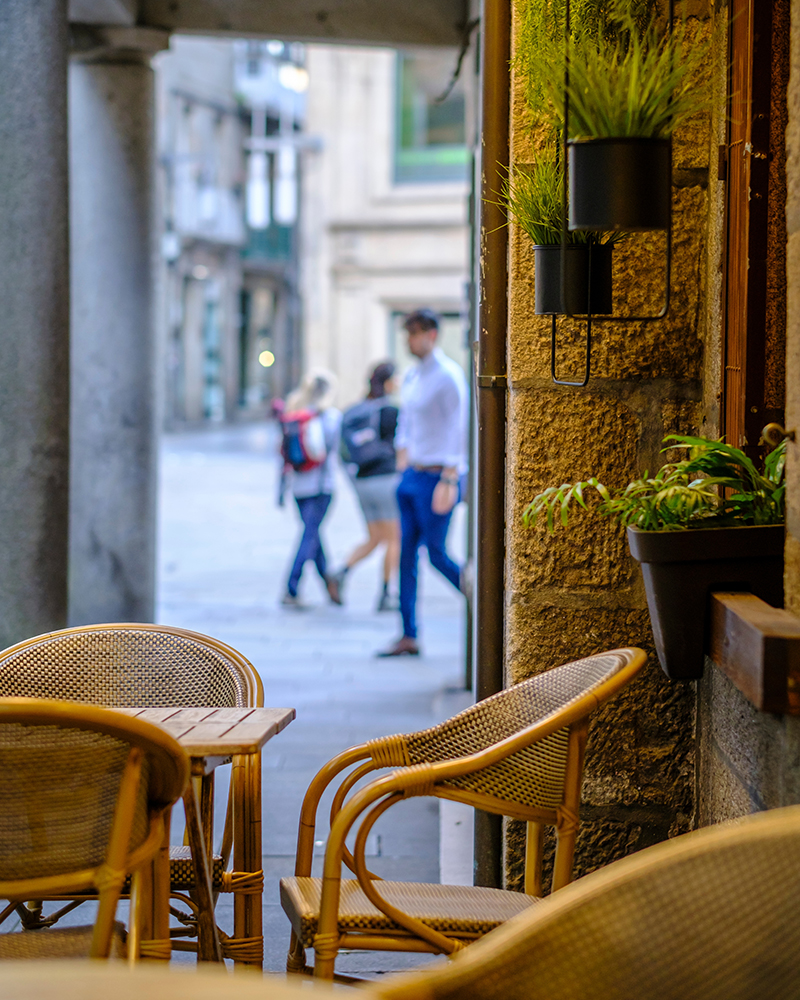
With only five accidents per year and a 70% reduction in traffic-derived CO2 emissions, the city of Pontevedra has become an example of sustainable mobility. These are the keys to its success.
The Galician city stands out for its success with the main mobility indicators that affect the well-being of the population. For example, trips by car or motorcycle have been reduced by over 50% and the vehicles that enter the city center each day have gone from 80,000 to 7,000 since the end of the 1990s. And all of this has been achieved while guaranteeing the flow of essential services (commercial distribution, public buses, taxis, ambulances, etc.) and in the midst of a surge of almost 10,000 people which has seen the city reach a population of 80,000 residents in 2023.
Pontevedra has also improved the accessibility and safety of pedestrians on the streets and the space they can navigate either without cars or with cars at low speed. And that has helped the vast majority of people to walk to the shops, reducing accidents to a minimum and helping vulnerable people, due to age or disability, feel more autonomous. More than 70% of children walk to school and almost 30% do so alone.
As one would expect, along with a reduction in traffic, the noise levels have also improved, as has the quality of life of the residents. A survey by Aural and Ipsos Digital last year identified traffic as the source of noise that generates the greatest discomfort among Spaniards, a discomfort that translates into sleeping problems, stress, and headaches. More than 90% of Spaniards, according to the survey, believed that noise levels had increased in their cities in the last three or four decades.
As if this were not enough, the residents of the Galician city can also be happy with the quality of the air they breathe. According to the European Air Quality Index, in the last twelve months, Pontevedra has enjoyed good air quality between 70% and 80% of the time, and is one of the best Spanish cities in this sense.
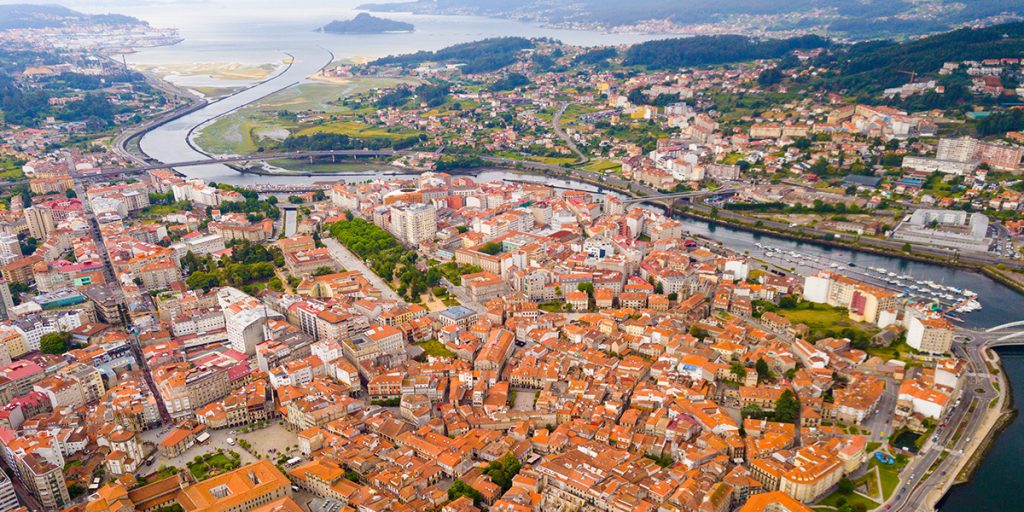
How has this been achieved?
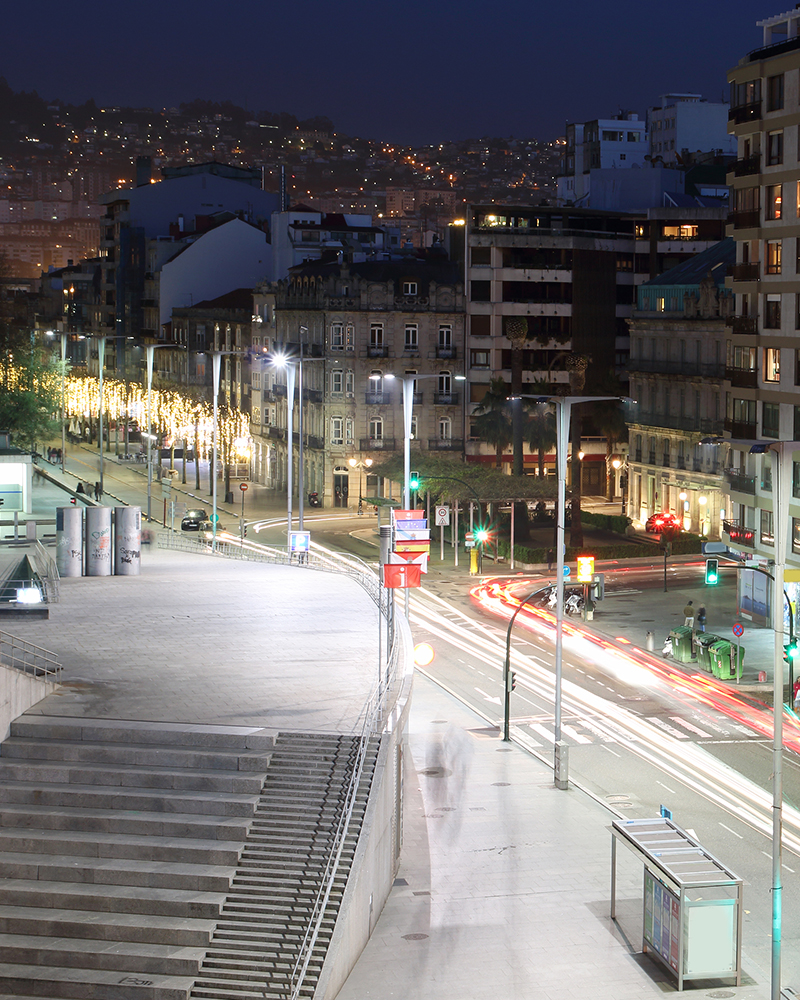
Obviously, with all this success regarding mobility indicators that most affect the well-being of residents, there are many who wonder how the city has achieved it. And, therefore, we must remember that it has not happened overnight. What’s more: the reforms began in 1999, when Miguel Anxo Fernández Lores, who continues today as mayor, launched the pedestrianization of the historic center. And then, as happens with all major urban transformations, resistance also arose.
For this reason, Lluis Sanvicens, mobility consultant at Sanvi Consulting, believes that one of the keys that explain Pontevedra’s success is “the intelligent management of change by a city council that has enjoyed exceptional institutional stability.” They have managed, according to him, “to deploy, very gradually and always thinking about the long term, reforms whose impact is constantly evaluated with technical indicators and also by continuously listening to the feelings of the population, for example, in neighborhood assemblies.”
Sanvicens believes that “the city council has known how to negotiate and explain its commitment to a model more focused on pedestrians that, in addition, benefited the vast majority of businesses and neighbors.” At the same time, it has offered solutions to many of those who could question the measures, with authorizations for residents’ vehicles and taking into account the needs of drivers who live outside the urban area.
According to some estimates, there are around 8,000 unlimited-time parking spaces, around 4,500 spaces in 14 for-profit car parks distributed throughout the city and, finally, in some areas it is allowed to park for 15 minutes for free. Those who visit the city also have access to around 2,000 parking spaces outside the city center, but less than a quarter of an hour away on foot.
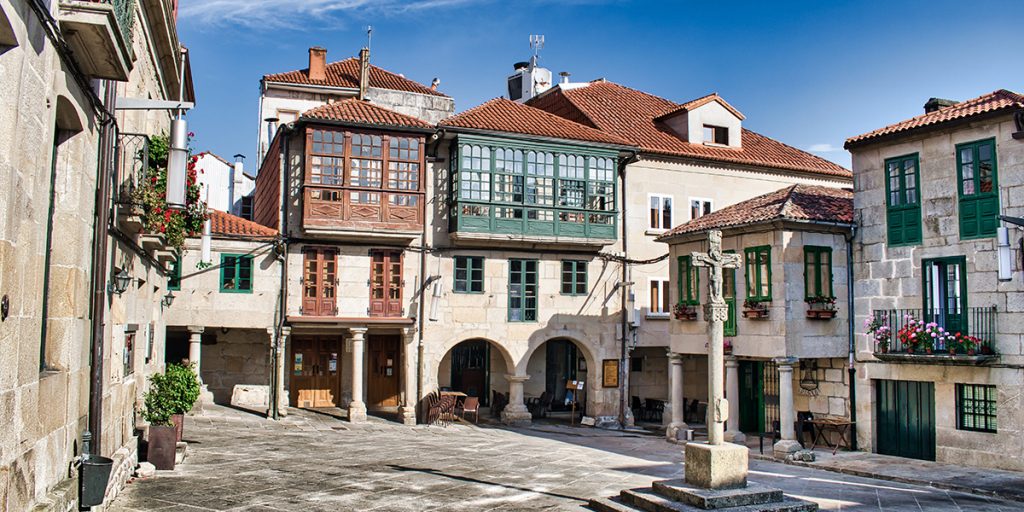
Pedestrians first
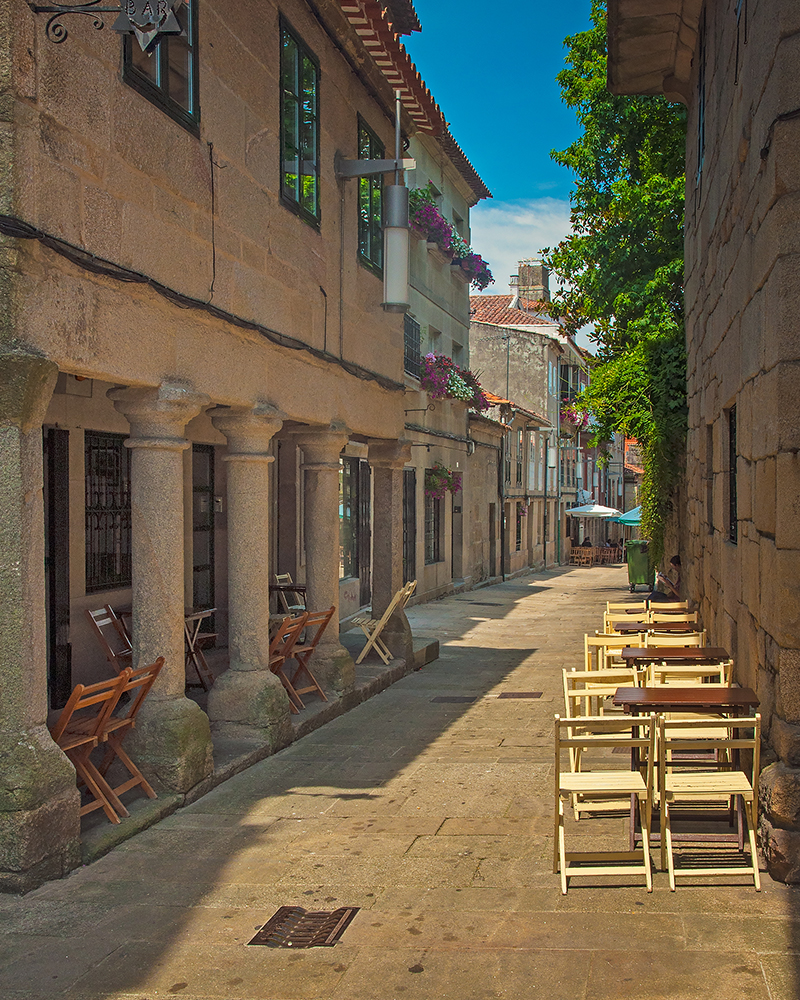
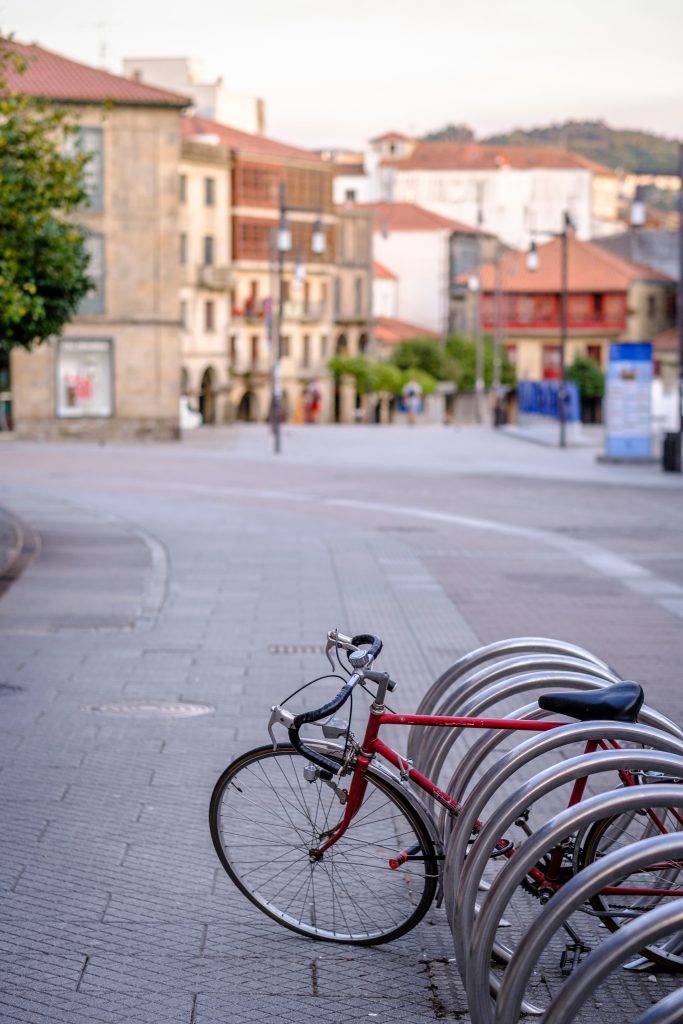
Joan Lladó, a sustainable mobility technician at the consulting firm Mobility Friendly, believes that the Pontevedra model has worked, “in part, because it has placed pedestrians and the vulnerable population at the center of everything that is done, and, more specifically, it has focused on older, disabled pedestrians and on children, who can now walk to school.”
The car-free space that pedestrians can access has spread in the historic center and the central ring. And this has been achieved, according to Lladó, “by strongly reducing passing traffic which crosses the city without stopping, and rush-hour traffic, which is traffic that seeks exclusively to park the car for hours.” If a vehicle enters a given area at one point, it must exit at the closest point.
Lluis Sanvicens clarifies that, “in the center of Pontevedra you cannot exceed 30 kilometers per hour and, in pedestrian streets without sidewalks, we can see limitations of 20, 10 and even six kilometers per hour in the presence of pedestrians.” To this we must add the narrowing of roads, the building of small roundabouts and the raising of zebra crossings to the level of the sidewalk. The widest streets, with one or two lanes, have sidewalks of more than 2.5 meters, which can be used on both sides, in addition to the space occupied by streetlights or rubbish containers.
Everything has been carefully planned with a global vision. In fact, Miguel L. Navarro-Ligero, a postdoctoral researcher at the Transport Research Center of the Polytechnic University of Madrid and head of scientific dissemination at the Metropolitan Mobility Observatory, considers that this “comprehensive approach to the Pontevedra intervention is one of the great keys to its success, because it affects the entire city and not just the tourist or commercial center… and has also included reforms as diverse as reduced-speed traffic management, pedestrianization and the creation of new parking spaces.
This comprehensive approach, the expert points out, “has been able to learn from the experience of other Spanish and foreign cities, but it has adapted to the characteristics of its urban area, its territory and its culture.”
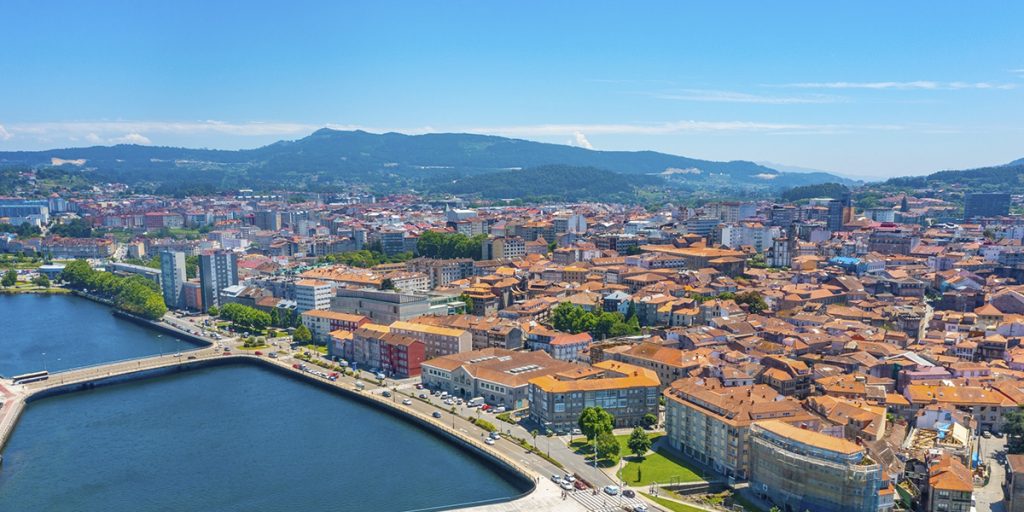
When the reforms began in 1999, Navarro-Ligero continues, “there were not as many experiences to learn from, nor was society as prepared as it is now to accept measures that restrict traffic to reduce noise, emissions and car space.” Almost no one used a bicycle, much less a scooter, to go to work. Furthermore, “culturally, previous generations have tended to use private cars even to travel very short distances… and limiting their use, inside and outside of Pontevedra, was not an easy task.”
Navarro-Ligero foresees new challenges for the Galician capital, such as “the expansion of an urban center that is increasingly attractive for potential residents, the deployment of public transport with innovative formulas in areas of low population density and the design of new service centers that reduce the need for suburban residents to travel by car to the city center.”
These are new challenges for a city that, so far, has already been able to deliver outstanding results in mobility for over two decades, in which thousands of residents have benefited from great improvements in areas such as traffic, pedestrian safety, accessibility for the most vulnerable, car-free spaces, noise reduction and air quality. How many Spanish cities can say that the vast majority of their children walk to school every day?
Write: Gozalo Toca